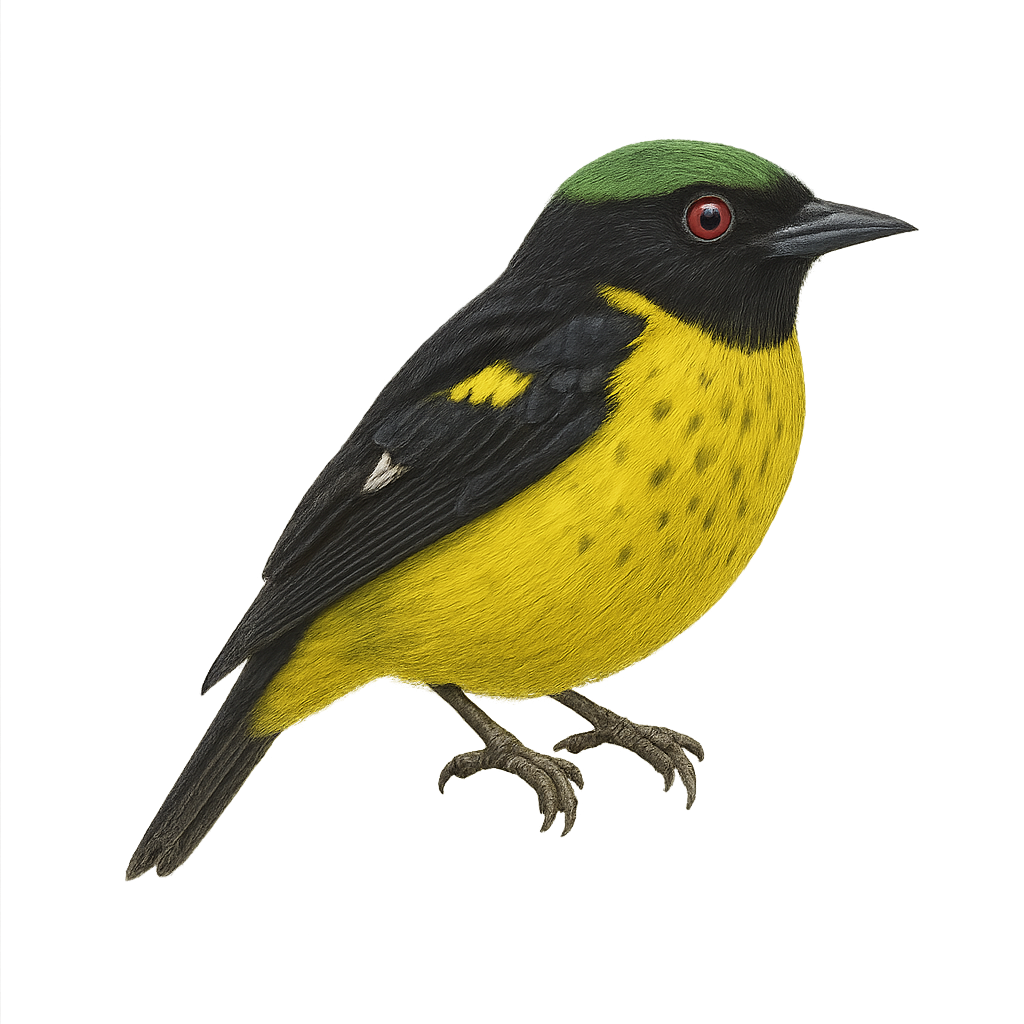Your wildlife photography guide.
Explore the yellow-bellied dacnis in detail, study its behavior, prepare your shots.
Where to observe and photograph the yellow-bellied dacnis in the wild
Learn where and when to spot the yellow-bellied dacnis in the wild, how to identify the species based on distinctive features, and what natural environments it inhabits. The WildlifePhotographer app offers tailored photography tips that reflect the yellow-bellied dacnis’s behavior, helping you capture better wildlife images. Explore the full species profile for key information including description, habitat, active periods, and approach techniques.
Yellow-bellied Dacnis
Scientific name: Dacnis flaviventer

IUCN Status: Least Concern
Family: THRAUPIDAE
Group: Birds
Sensitivity to human approach: Suspicious
Minimum approach distance: 5 m
Courtship display: December to January
Incubation: 13-15 jours
Hatchings: December to February
Habitat:
Humid tropical forests, forest edges, wooded areas
Activity period :
Primarily active during the day, with peak activity in the morning and late afternoon.
Identification and description:
The Yellow-bellied Dacnis is a small, colorful bird belonging to the Thraupidae family. It is distinguished by its vibrant plumage, with a bright yellow belly contrasting with a blue-green back. Males and females exhibit sexual dimorphism, with males displaying more vivid colors. This bird is primarily frugivorous but also feeds on insects. It is found in the humid tropical forests of South America, particularly in Colombia, Peru, and Brazil. It is often seen in small groups, actively moving through the canopy in search of food. Although its habitat is threatened by deforestation, the Yellow-bellied Dacnis is currently classified as Least Concern by the IUCN.
Recommended lens:
400 mm – adjust based on distance, desired framing (portrait or habitat), and approach conditions.
Photography tips:
To photograph the Yellow-bellied Dacnis, focus on humid tropical forests where it is most active. Use a 400mm or longer telephoto lens to capture detailed images without disturbing the bird. Be patient and discreet, as this bird can be suspicious. Look for moments when it is feeding or interacting with other birds to get dynamic shots. Natural morning or afternoon light can enhance the quality of your photos, highlighting the vivid colors of its plumage.
The WildlifePhotographer App is coming soon!
Be the first to explore the best nature spots, track rutting seasons, log your observations, and observe more wildlife.
Already 1 432 wildlife lovers subscribed worldwide

